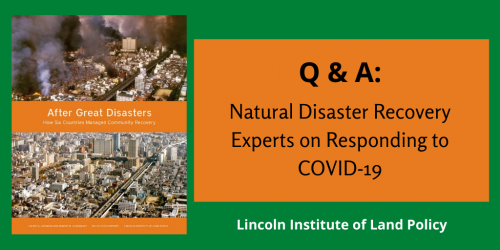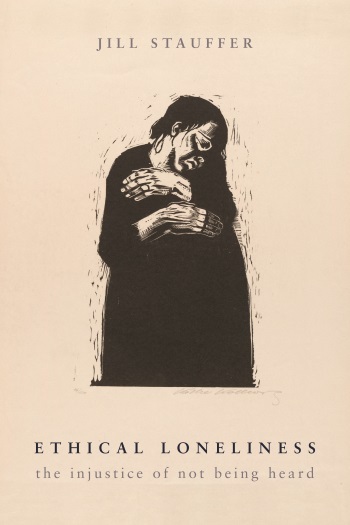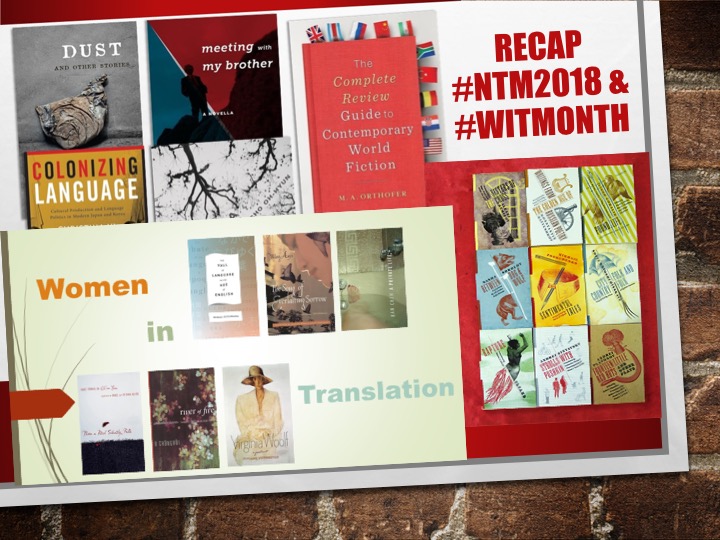Interview with Gaurav Desai, author of Commerce with the Universe: Africa, India, and the Afrasian Imagination
The following is an interview with Gaurav Desai, author of Commerce with the Universe: Africa, India, and the Afrasian Imagination:
Question: The subtitle of your book refers to the “Afrasian” Imagination. Can you explain the term “Afrasian”?
Gaurav Desai: My book is concerned with the ways in which a number of individuals and communities that have historically traversed the Indian Ocean have imagined their lives and their interactions with communities that have been ethnically and culturally different from their own. The book, for the most part, looks at narratives of South Asians in East Africa writing in the twentieth century, but I frame their lives in the longer history of commerce across the Indian Ocean ever since antiquity.
I dedicate a chapter on Amitav Ghosh’s In an Antique Land which itself provides a theoretical and methodological model for reading such lives contrapuntally. Here the life and travel of a twelfth century Tunisian Jewish merchant and his Indian slave Bomma gets read against more contemporary travels across the Indian Ocean. In invoking the term “Afrasian,” which, incidentally I borrow from Michael Pearson, I hope, like him, to signal an inclusive space of exchange that is not ethnocentrically delineated. My usage of the term “Afrasian” is meant not to delineate a particular ethnic community – such as South Asians in East Africa – but rather the entire nexus of individuals who have historically crossed (and continue to cross) what we have conventionally called the “Indian” Ocean. Thus, the Tunisian Jew Ben Yiju is as much of an Afrasian as the twentieth century merchant Kalidas Nanji Mehta who is also the subject of one of my chapters.
Q: In some senses, your own biography interests with the concerns of the book. Reading through your book, one gets the distinct sense of an author who is working with lived knowledge, presenting a first-hand account of the lives and texts of South Asians in Africa. Yet, you only address this in the last few paragraphs of the book.
GD: I chose not to situate my personal history upfront, since I didn’t want the book to be read as being about me. But in a way, it is true that my readings of both the fictional and autobiographical narratives by South Asians in East Africa draw on my experience as an Indian teenager moving from Bombay (now Mumbai) to East Africa (first Nairobi and then Dar es Salaam) in the early eighties. I am sure that even the texts that I chose to focus on address questions and concerns that I have privately pursued for a long time.
To give just one concrete example – one of the prevalent stereotypes that I challenge in the book is that of the Indian businessman or corporate manager as being someone completely lacking interest in literature and the arts. This stereotype has always wrung false to me since my own interest in literature and theater was most enthusiastically nurtured by my father who happened to be one of those corporate types. When I turned in the book to what some might call CEO narratives – those of Mehta, Madhvani and Manji – I was more interested in looking at the role of literature, art and the imagination in shaping their lives than in any practical wisdom that they might have to offer to aspirant CEOs. In a broader framework, I was keen on exploring the connections between the world of commerce and the imaginative world of literature in order to suggest that what many consider to be antithetical pursuits may not necessarily be so.
Q: Is it fair to say that your reading of such narratives is sympathetic to the operations of the commercial enterprises that the authors are associated with? You engage with the liberal idea that commerce is predicated on a world of tolerance. You don’t seem to offer a critique of global capitalism.
GD: I would say that my interest in the lives and narratives of entrepreneurs, CEO’s etc. is not in order to make them out to be heroes. But I do plead guilty to the charge of not taking for granted the allegedly demonic or evil nature of all business enterprises, or to extend it further, of all “global capital.” There are many ways of being a corporation in the world, some socially progressive and others not. In states where you have civil wars, natural disasters or just plain inefficient and corrupt governments, corporations can fill a void in providing for social safety nets that are not being otherwise met. We hear a lot about “social entrepreneurship” these days – which I take to be the attempt at meeting urgent social needs in the world (providing clean water, electricity, affordable health care, etc.) but making money doing it at the same time. If you look closely at some (though by no means all) of the entrepreneurial work being done by South Asians in East Africa in colonial and postcolonial times you could persuasively apply that label to their work.
Having said that, my book also addresses the pitfalls and blindnesses of such projects. I am not interested in being a cheerleader. But I am interested in fair assessments. I felt that one of the ways of doing so was by bringing attention to these much neglected texts and lives.
Q: You also read accounts by South Asian politicians in Tanzania.
GD: Yes. One of my goals was to get postcolonial scholars engaged with both elites and subalterns. You can’t have a comprehensive understanding of the nature of colonial and postcolonial societies unless you look at them from a variety of angles and across social classes, ethnicities, genders and so on. So while I have chapters on elites – entrepreneurs and politicians — I also have a long discussion of the less empowered South Asians as presented in M.G. Vassanji’ novel The Gunny Sack.
Q: What you like the book to accomplish?
GD: I would like the book to call for even more scholarly engagement with the traffic of ideas, bodies, and cultures in the Indian Ocean world in the longue duree. I would hope that the book would generate interest and discussion among Africanists about how we go about imagining multi-racial and multi-ethnic futures on the continent. Ideally it will encourage South Asianists to take fuller stock of what Africa has meant and continues to mean to the history and future of the subcontinent. After all, Gandhi’s satyagraha, which led India and Pakistan to independence, was forged in South Africa. And finally, I would hope that the book encourages at the very least “south-south” dialogues between Africanists and South Asianists in terms of collaborating on conferences and book publications.




